One of the iconic structures of Vienna is located in the center of the city...the Vienna State Opera House. This 19th century building, originally called the Vienna Court Opera, had it's official name changed in 1920 with the replacement of the Hapsburg Monarchy by the First Republic of Austria. The Opera House construction began in 1861 as the first major building commissioned under the "city expansion fund" and was completed in 1869. The general public was not enthralled with the building at first because they did not feel it was grand looking enough. In March of 1945, the auditorium and stage areas were destroyed by fire from allied bombing. Leopold Figi, the Austrian Federal Chancellor, ordered the rebuilding of the Opera House in 1946 and work was completed by 1949. It is one of the busiest Opera Houses in the world with 50-60 operas per year plus 10 ballet productions for a combined total of 300 performances per year. In the beginning, performances ran without any intermissions, the lights were never dimmed, and attendees ate in their seats (gossip being the main entertainment). Conductor Gustav Mahler, whose tenure ran from 1897 to 1907, introduced intermissions, the dimming of lights at the start of each performance, and banned eating in the audience areas. Each February the whole main floor and stage area is transformed into a giant ballroom for the annual Vienna Ball.
Following an excellent tour of the facility, Lorraine and I decided to attend the evening's performance of Richard Strauss' "Elektra" with world renown opera singer Nina Stemme in the lead role. Based on an Ancient Greek mythology, this opera was first performed on January 25, 1909 at the Dresden State Opera. The lead role of Elektra is considered to be one of the most demanding in the dramatic soprano repertoire.
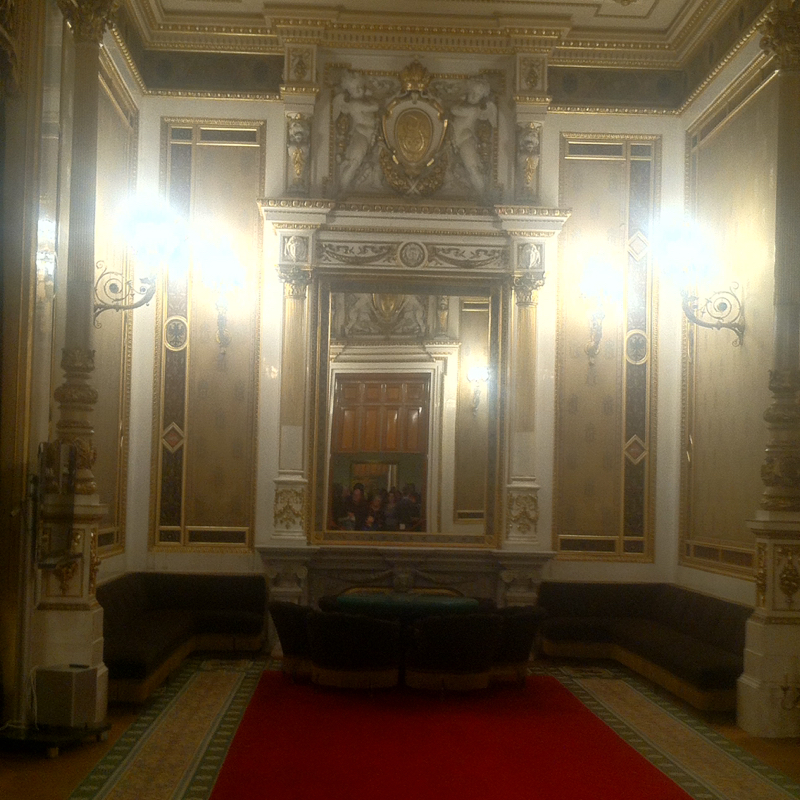
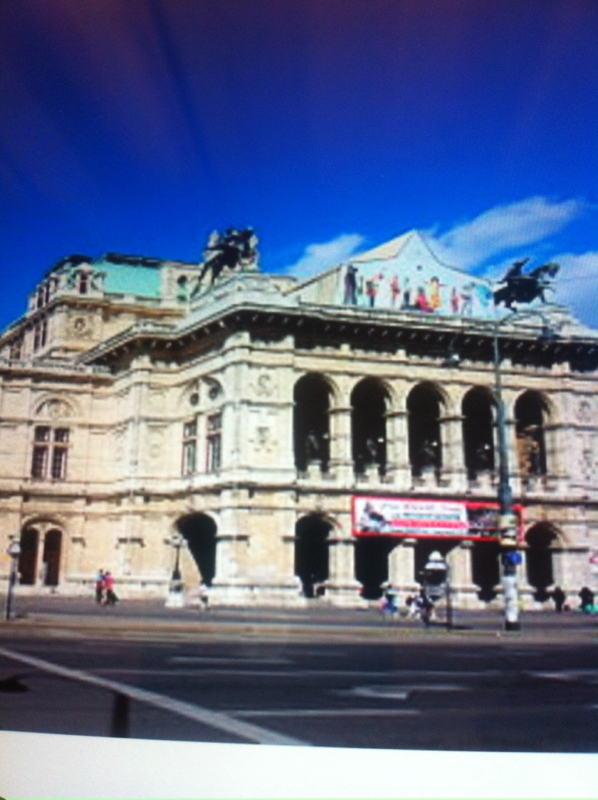
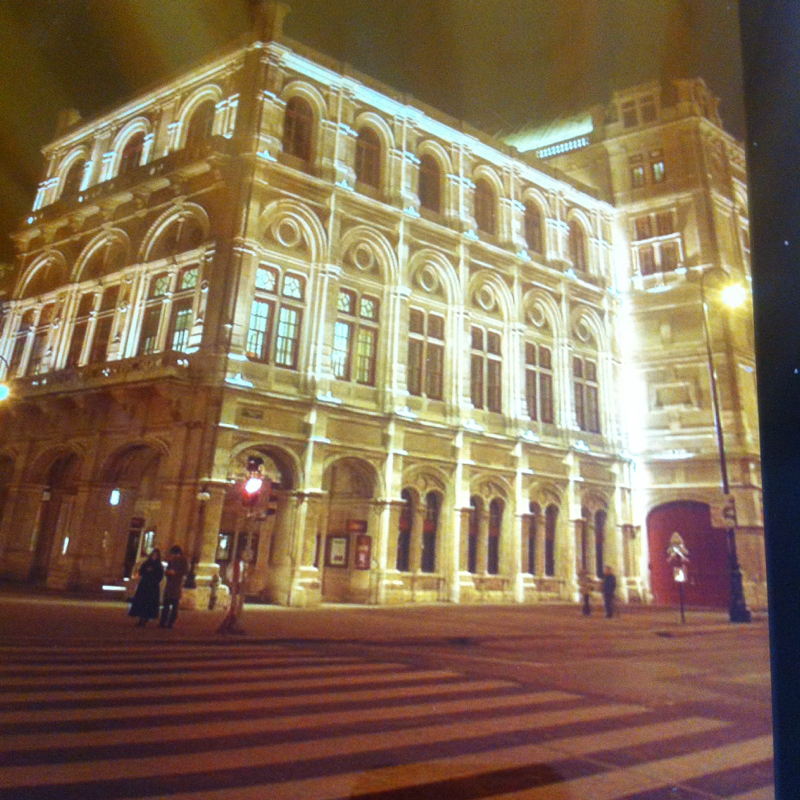
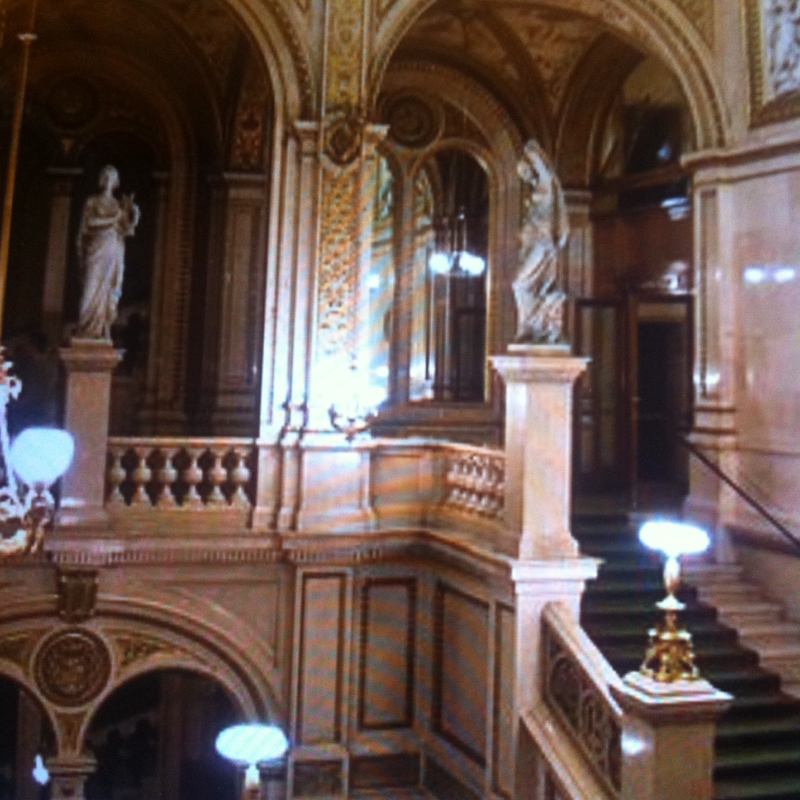
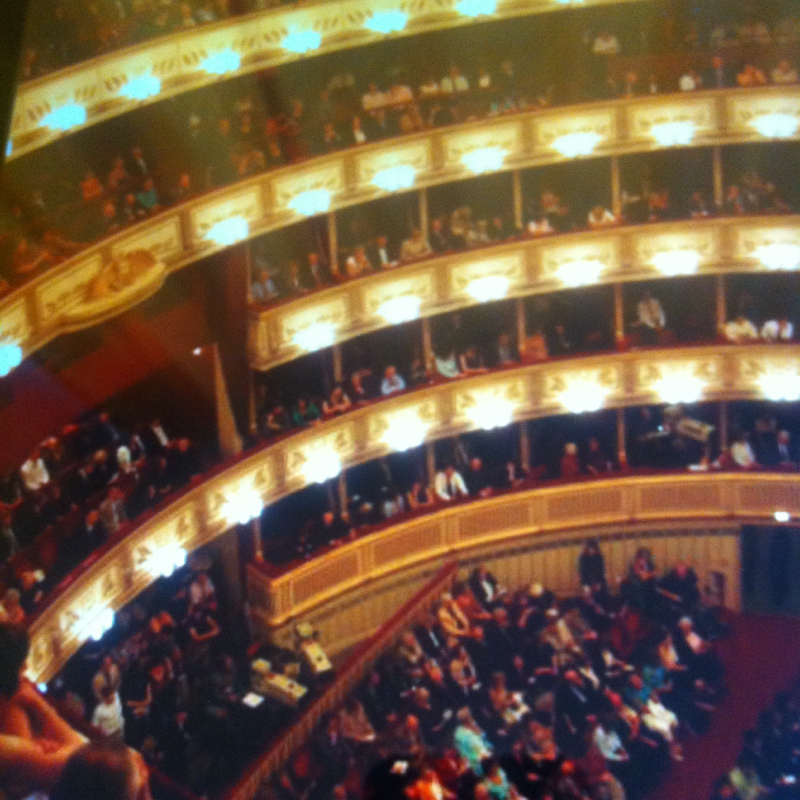
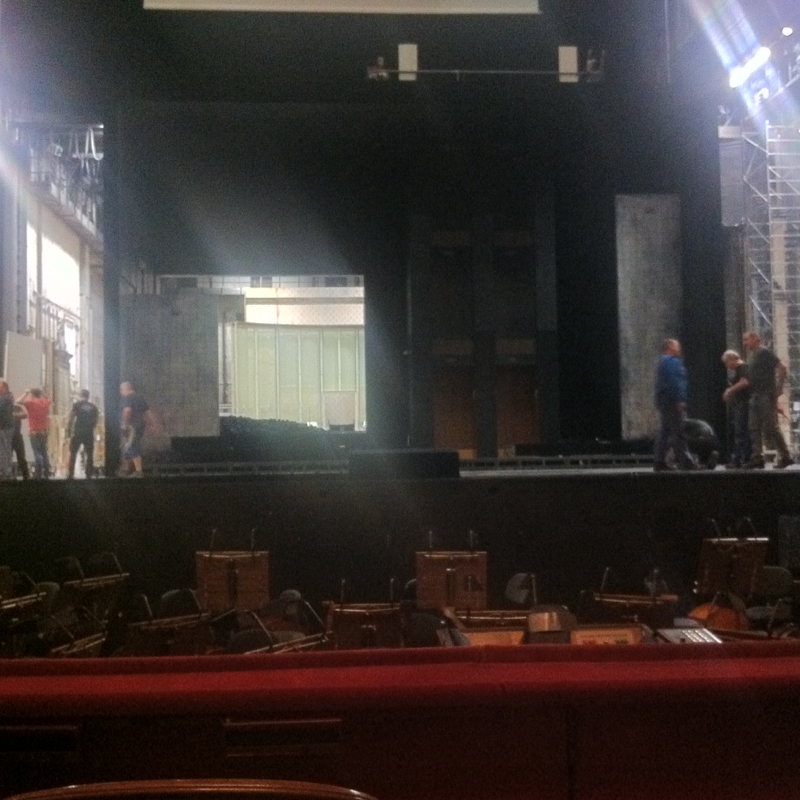
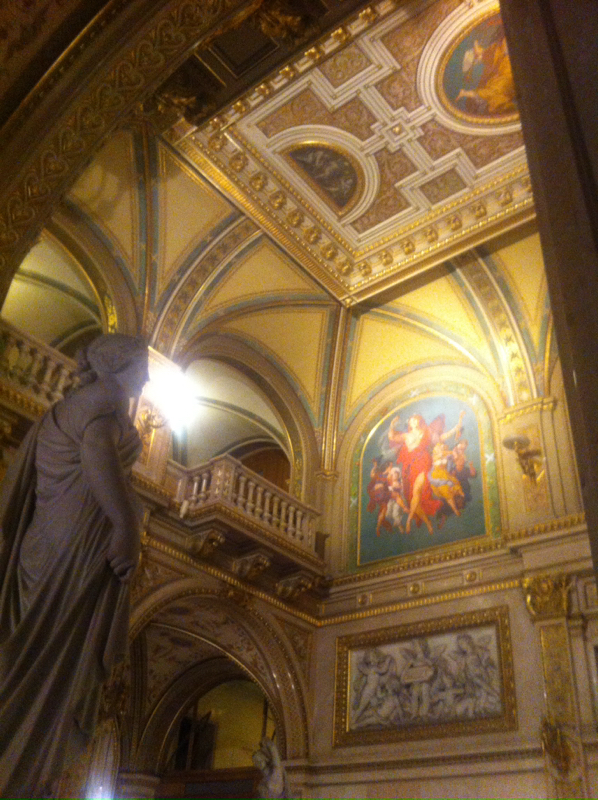
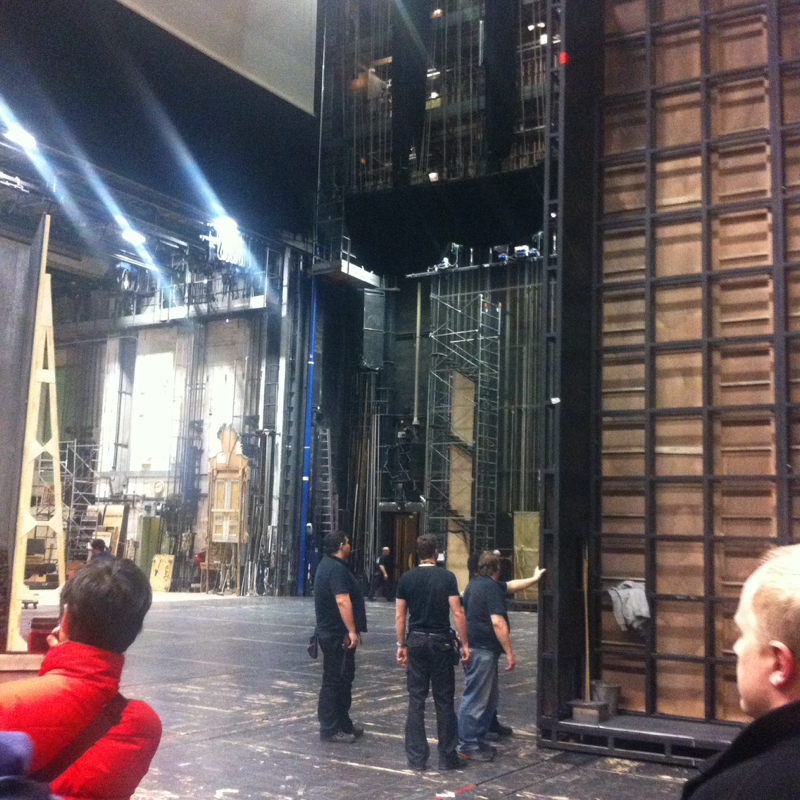
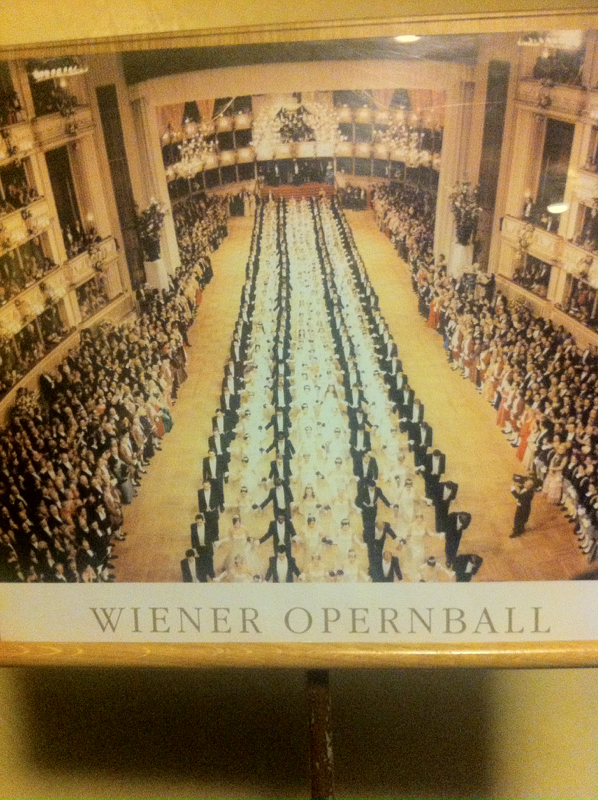
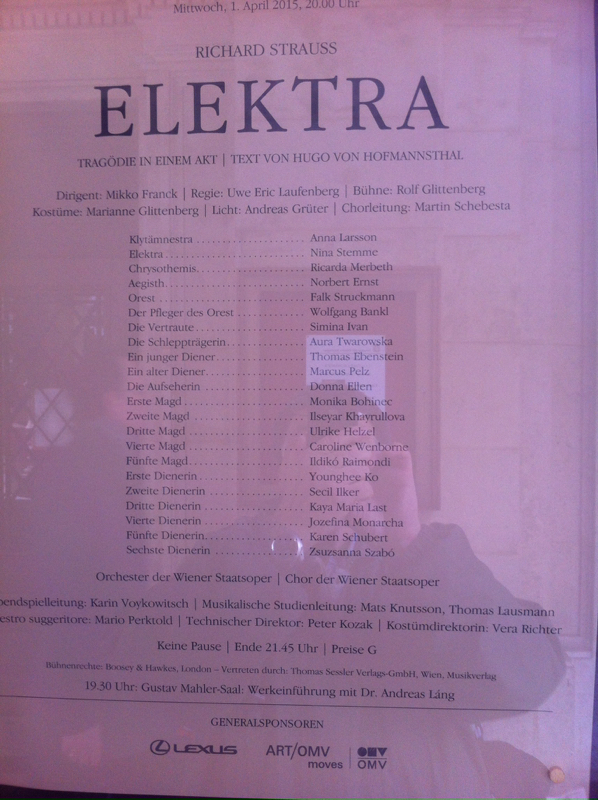
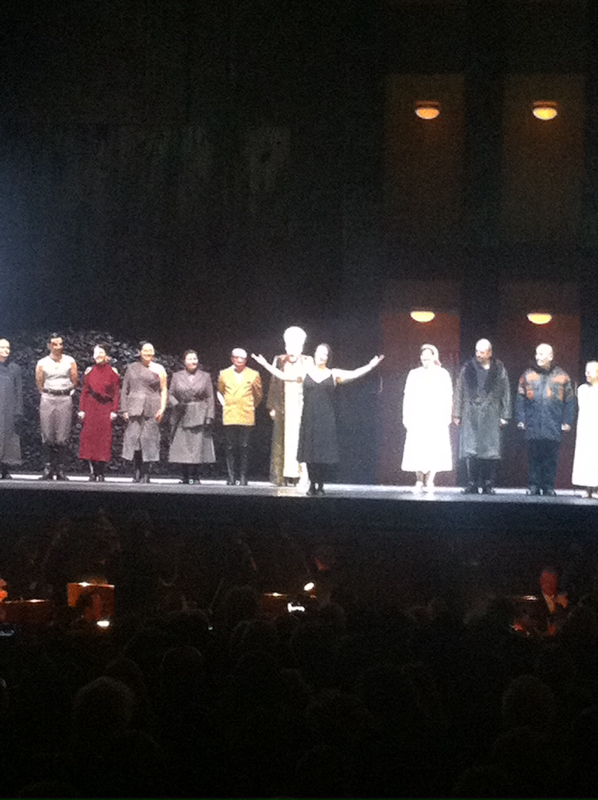
 RSS Feed
RSS Feed
